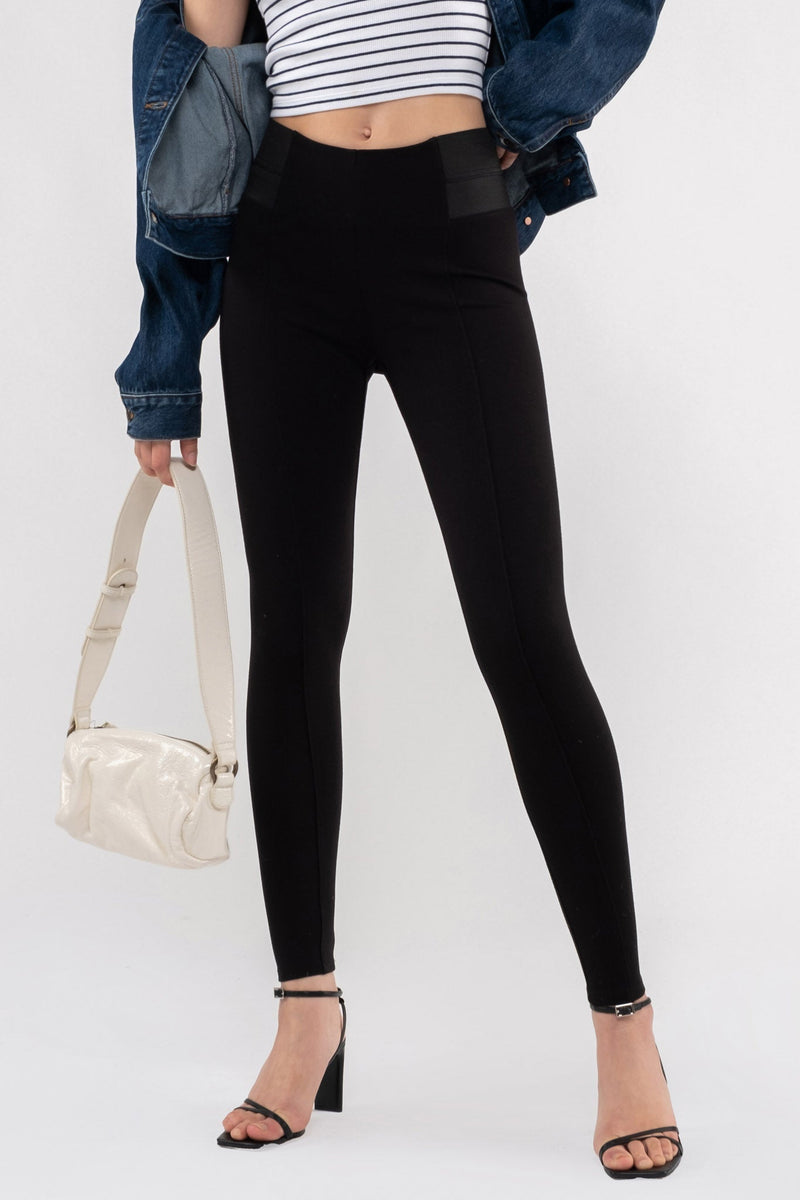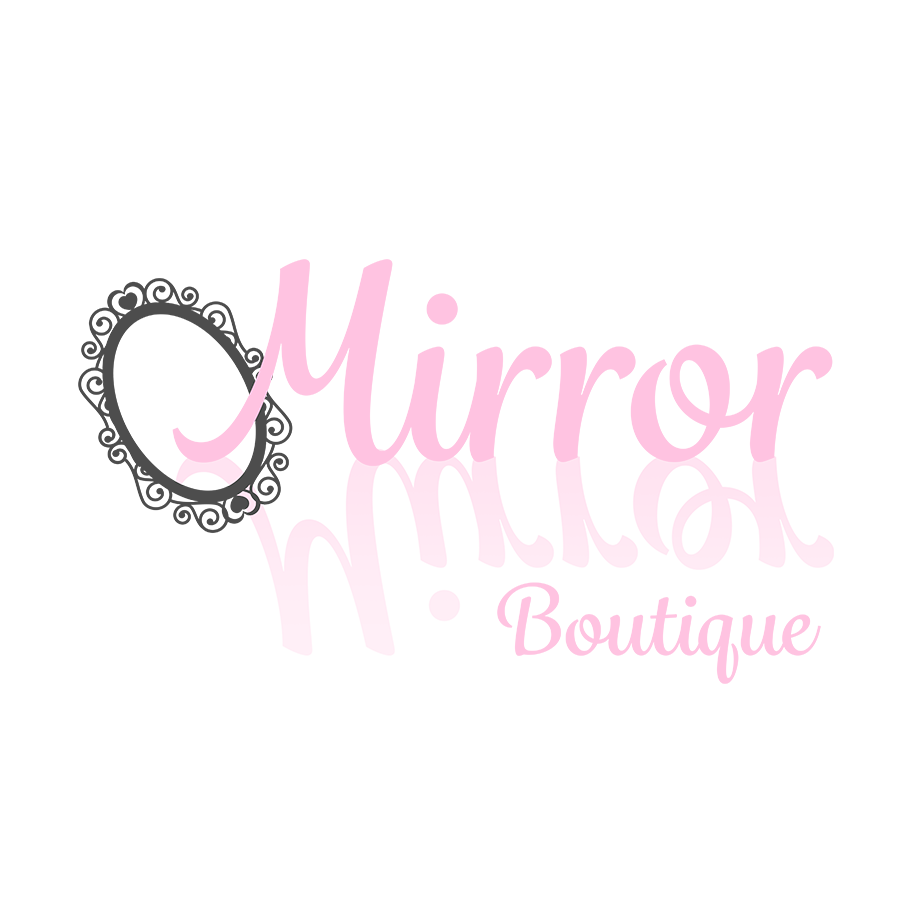
1. Start with Neutrals
Build your base with neutral pieces (black, white, gray, beige, navy). They pair well with almost everything.
Example: A white button-down shirt + beige trousers = ready to mix with bold accessories or layers.
2. Stick to a Color Palette
Pick 2–3 main colors and 1–2 accent colors.
Use a color wheel to find complementary or analogous hues.
Example: Olive green pants + cream top + rust-colored scarf = earthy tones that blend well.
3. Balance Proportions
Match fitted with loose:
Slim top + wide-leg pants
Cropped jacket + midi dress
Oversized sweater + pencil skirt
4. Layer Smartly
Use layers to mix textures and styles.
Casual + structured: Hoodie under a blazer
Soft + edgy: Slip dress with a leather jacket
Chic + comfy: Turtleneck under a jumpsuit
5. Mix Textures and Fabrics
Combining materials makes outfits look intentional.
Cotton + denim + suede
Silk + leather
Knit + satin
6. Use Statement and Basic Pieces Together
Let one item shine while the rest supports.
Bold patterned skirt + plain tee
Graphic tee + solid blazer
Bright shoes + neutral outfit
7. Reimagine Each Item
Think beyond the obvious use:
Button-down shirt as a light jacket
Maxi dress layered over jeans
T-shirt tucked, tied, or knotted for variety
8. Accessorize to Tie It Together
Accessories can connect mixed styles or colors.
Belt to match shoes
Scarf with colors from your top and pants
Crossbody bag to add contrast
9. Take Outfit Photos
Snap pics when you find a great combo-it helps later!
Save in an album labeled “Outfit Ideas”
10. Create a Capsule Wardrobe
Build a small wardrobe where everything matches with everything else (around 20–30 items).
Focus on versatility and quality
Rotate with the seasons


0 comments